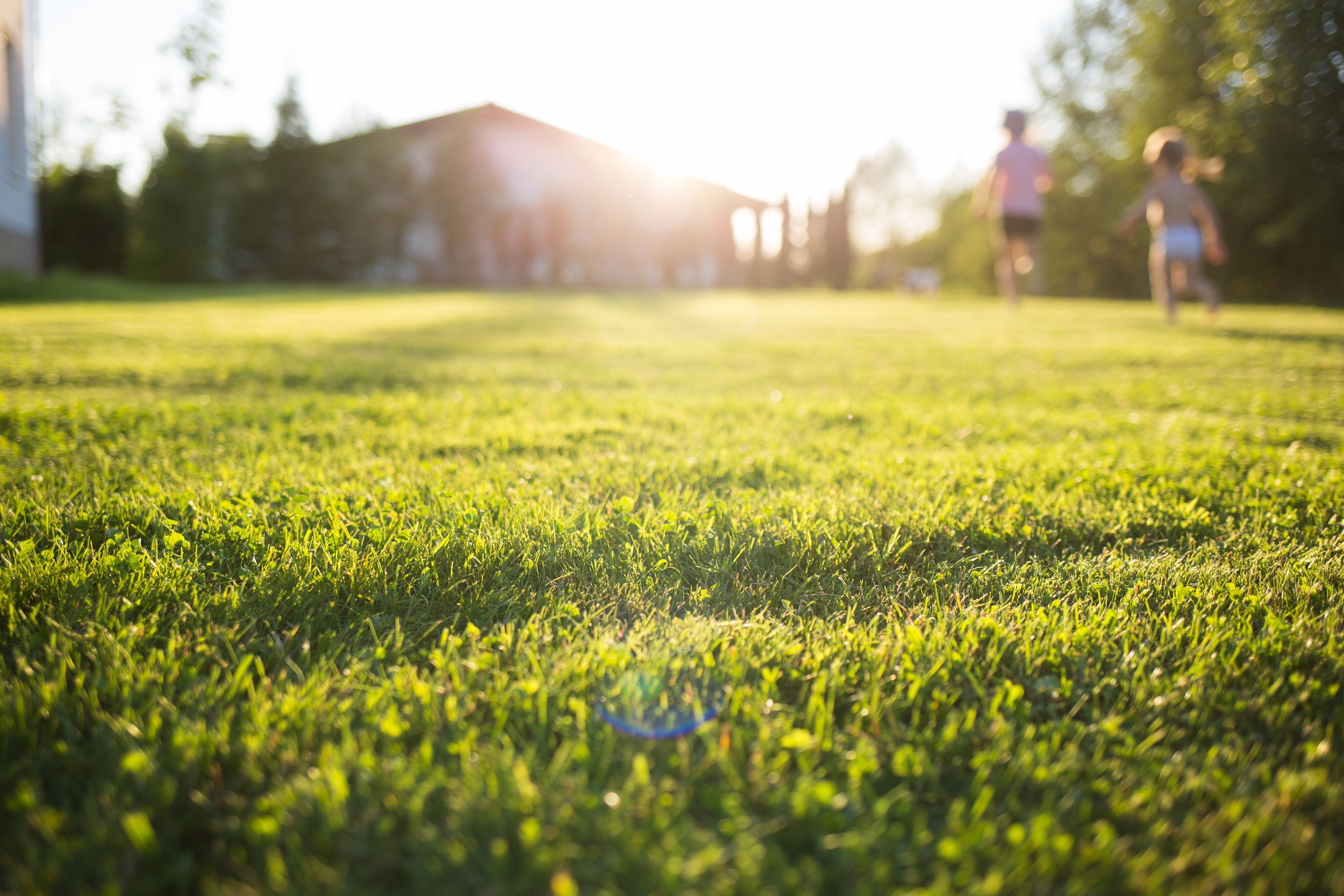Spring to Summer Transition Guide To Keep Your Lawn Thriving
As the seasons change from spring to summer, your lawn’s needs shift, too.
In Fairport, Penfield, and Webster, NY, where the climate includes cool springs and warm, humid summers, the right timing and care are essential for maintaining a healthy, lush lawn.
This guide walks you through the critical steps for transitioning your yard from spring to summer with confidence.
1. Timing is Everything
The spring-to-summer transition begins in late May to early June, depending on the weather. As temperatures rise, it’s time to adjust your lawn care routine to meet summer demands. Here’s a quick timeline to keep in mind:
Late Spring (May): Focus on preparing your lawn for heat and increased foot traffic.
Early Summer (June): Switch to summer mowing schedules and make adjustments to watering routines.
Mid-Summer (July): Maintain consistency with mowing and irrigation while monitoring for weeds and pests.
2. Mowing Schedules for the Summer Transition
Mowing plays a critical role in keeping your lawn healthy and resilient during this time. Follow these tips to adjust your mowing habits:
Raise Your Mower Blades: As summer approaches, set your mower blades higher (around 3-3.5 inches). Taller grass provides shade for the soil, retains moisture, and reduces the risk of weeds.
Stick to a Weekly Schedule: Mow once a week to avoid stressing the grass. Cutting too short or too infrequently can weaken your lawn.
Keep Blades Sharp: Dull mower blades tear the grass rather than cutting it cleanly, leading to brown tips and increased vulnerability to disease.
3. Watering Practices for Warmer Weather
Proper watering is crucial for helping your lawn transition from the cool, wet spring months to the hot summer season. Here’s what you need to know:
Morning Watering is Best: Water early in the morning (before 10 a.m.) to reduce evaporation and allow grass to dry before evening, which helps prevent fungal diseases.
Deep and Infrequent Watering: Aim to water deeply (around 1 inch per week) rather than shallowly and frequently. This encourages deep root growth and makes your lawn more drought-tolerant.
Check for Signs of Overwatering: If you notice runoff or pooling water, cut back on watering to avoid waterlogged roots.
4. Seasonal Fertilizing and Weed Control
As your lawn enters the growing season, proper fertilization and weed management become essential.
Fertilizing in Late Spring: Apply a slow-release fertilizer to provide nutrients gradually over the coming weeks. This will strengthen your lawn for the heat and stress of summer.
Weed Control: Address weeds like crabgrass early in the summer before they spread. While we don’t offer chemical treatments, our team can help with manual weed removal, and we can recommend a trusted provider for chemical solutions.
5. Monitor for Pests and Lawn Diseases
The warmer months bring increased activity from pests and potential lawn diseases. Keep an eye out for these common problems:
Grubs and Insects: Look for patches of dead grass or animals digging in your yard, which may indicate grubs.
Fungal Diseases: Brown or discolored patches may be signs of fungal growth caused by excessive moisture or improper mowing.
Prevention Tips: To minimize the risk of pests and diseases, maintain proper mowing, watering, and fertilization practices.
6. Mulching and Bed Maintenance
The transition from spring to summer is also the perfect time to refresh your garden beds and mulch:
Why Mulch Matters: Mulch helps retain moisture, suppress weeds, and regulate soil temperature, making it especially valuable during the hot summer months.
Mid-Season Refresh: Add a thin layer of fresh mulch to keep your beds looking clean and tidy. Do not pile mulch too high around plant bases, as this can lead to rot.
7. Aeration and Overseeding: Hold Off for Fall
While aeration and overseeding are essential lawn care practices, they’re best saved for the cooler temperatures of fall in the Fairport, Penfield, and Webster areas.
Summer isn’t the ideal time for these tasks due to the heat and increased stress on the grass.
Your Local Lawn Care Partner for a Seamless Transition
The spring-to-summer transition is a critical time for your lawn’s health and appearance. With the right timing, mowing, watering, and maintenance practices, you can keep your yard looking its best all summer long.
At 10X Lawn and Landscape, we specialize in weekly mowing, seasonal cleanups, and mulching services tailored to homeowners in Fairport, Penfield, and Webster, NY.

